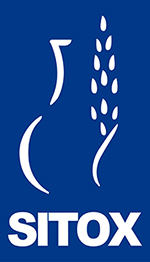Shared psychotic disorder: a case report in Switzerland

Submitted: 21 July 2023
Accepted: 29 September 2023
Published: 6 October 2023
Accepted: 29 September 2023
Abstract Views: 715
PDF: 293
Publisher's note
All claims expressed in this article are solely those of the authors and do not necessarily represent those of their affiliated organizations, or those of the publisher, the editors and the reviewers. Any product that may be evaluated in this article or claim that may be made by its manufacturer is not guaranteed or endorsed by the publisher.
All claims expressed in this article are solely those of the authors and do not necessarily represent those of their affiliated organizations, or those of the publisher, the editors and the reviewers. Any product that may be evaluated in this article or claim that may be made by its manufacturer is not guaranteed or endorsed by the publisher.

 https://doi.org/10.4081/ecj.2023.11599
https://doi.org/10.4081/ecj.2023.11599









